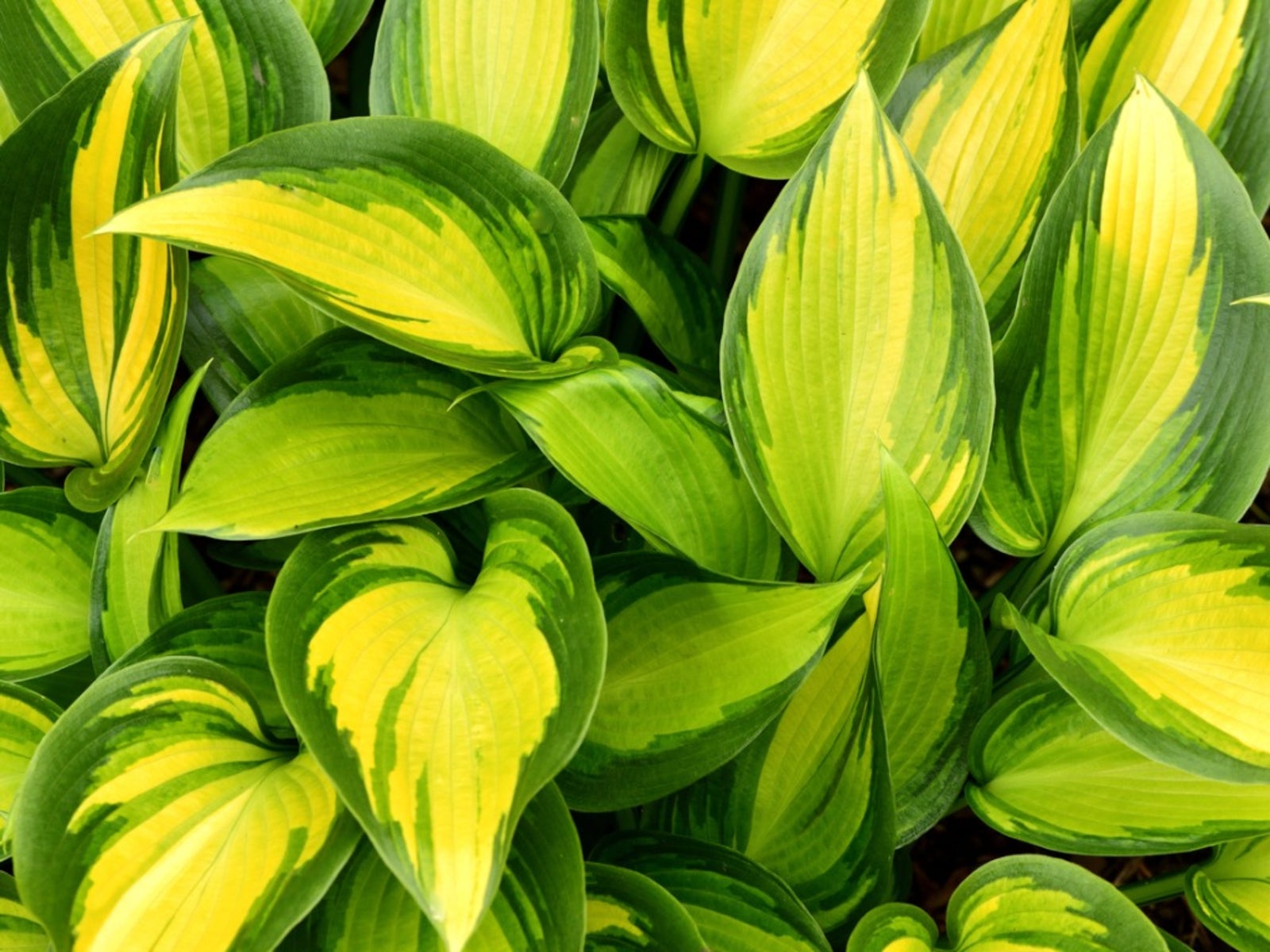With Over 4000 Varieties. Hostas Come in Many Shapes. Sizes and Colors
Hostas, also known as plantain lilies, are one of the most popular perennials for shade gardens Native to northeast Asia, there are now over 4000 registered varieties of hostas with new cultivars being introduced each year This diverse range allows gardeners to find the perfect hosta for their specific needs. But with so many options, it can be overwhelming to decide which hostas to choose. Here’s an overview of the different categories and characteristics that make hostas such a versatile landscaping plant.
SizesHostas range dramatically in size from diminutive miniatures under 3 inches, to giant varieties with leaves over 2 feet long and 4-5 feet wide. Here are some of the main size categories
-
Miniature hostas are under 6 inches in height. Popular varieties are Blue Mouse Ears and Liliput.
-
Small hostas reach 6-15 inches tall. Examples are June and Rainforest Sunrise.
-
Medium hostas are 1-2 feet in height. Some options are Patriot and Stiletto.
-
Large hostas grow over 2 feet tall. Popular choices include Blue Angel and Empress Wu.
-
Giant hostas have huge leaves spanning over 3 feet wide. Sum and Substance is a classic jumbo hosta.
Leaf Colors
Hostas are prized for their beautiful and varied leaf colors. The most common shades are:
-
Green – Ranging from light to dark green. Very common.
-
Blue-green – Blue tones are very popular, like in the varieties Halcyon and Sea Thunder.
-
Yellow – Vivid gold or chartreuse shades. August Moon is a sunny yellow hosta.
-
White – Pure white or creamy variegations. First Frost has white-edged leaves.
-
Multicolored – Many hostas have a mix of hues. Francee has green leaves with white margins.
Leaf Shapes
The leaf shape is another distinguishing characteristic of hostas. Here are some of the most common forms:
-
Heart-shaped – The classic shape, seen in Patriot and many others.
-
Lance-shaped – Long and narrow, like Stiletto.
-
Oval – Rounded at the base and coming to a point, such as in Sum and Substance.
-
Round – Circular leaves, like those of Blue Mouse Ears.
-
Wavy – Undulating leaf edges, as in Undulata.
-
Cupped – Leaves with a curved cup shape, like in Rainforest Sunrise.
Special Traits
Some hostas have unique traits that make them extra desirable:
-
Slug resistance – Thick or waxy leaves deter slugs. Rhino Hide lives up to its name.
-
Sun tolerance – Can take more direct sunlight. Plantaginea withstands sun well.
-
Fragrant flowers – Scented blooms, like those of Guacamole.
-
Color-changing – Leaves shift colors through the seasons. Abiqua Drinking Gourd is known for this.
-
Miniature size – Very small hostas perfect for containers. Tiny Tears is charmingly petite.
-
Pest resistance – Some varieties resist diseases and pests better than others.
-
Rippled leaves – Undulating texture, as seen in Ripple Effect hosta.
With so much diversity, gardeners can find a hosta tailored exactly for their specific growing conditions and design needs – whether it’s a petite variety to tuck between stepping stones, a giant hosta as a bold focal point, or one with colorful leaves to brighten up a shady corner. Visit specialty nurseries to see hosta varieties firsthand and you’re sure to find one or more that capture your imagination. The possibilities are endless with hostas, ensuring their continuing popularity among gardeners.

It’s Hosta Planting Season!
Orders Placed Now Will Ship Immediately!
Explore all the hostas we have available alphabetically color for “see the size”
- Featured
- Best selling
- Alphabetically, A-Z
- Alphabetically, Z-A
- Price, low to high
- Price, high to low
- Date, old to new
- Date, new to old
Compare
Hosta Varieties A to Z
FAQ
How many varieties of hostas are there?
In fact, there are over 10,000 registered hosta varieties in the world! We offer just under 100 varieties of hosta.
What is the most beautiful hosta?
Diamond Lake Hosta
Diamond Lake is a large, stately hosta with heavily corrugated leaves with rippled margins and beautiful lavender-colored flowers. “This variety holds its blue color well and has excellent vigor,” says Andrew Jager, marketing manager for Walters Gardens.
What happens if you don’t cut back hostas?
Do hostas multiply and spread?
Do hostas spread? Yes, they gradually expand their clumps over time, which is why proper spacing is important. Space plants according to plant tag directions. And be prepared to divide hostas as needed.
